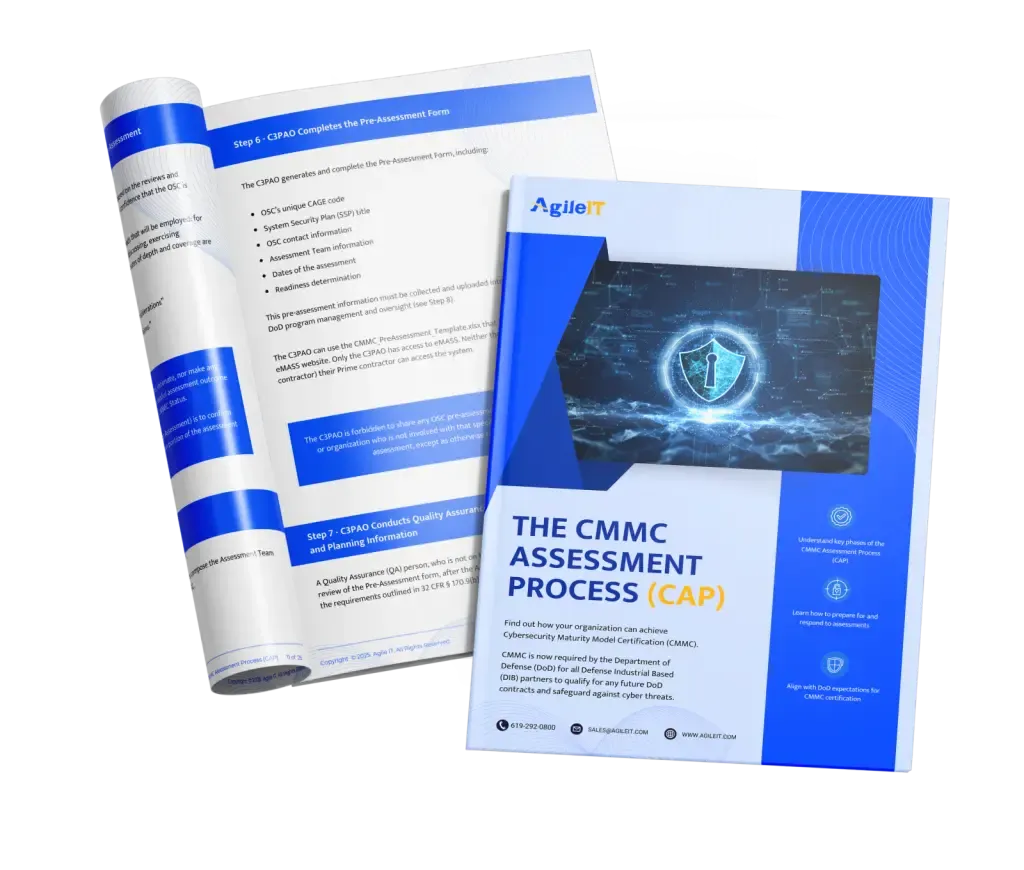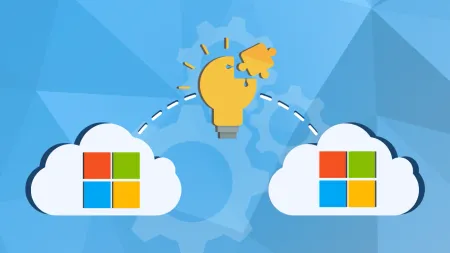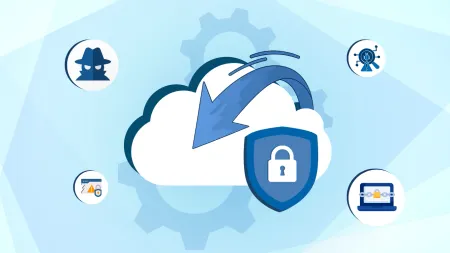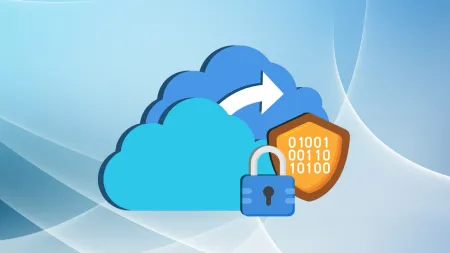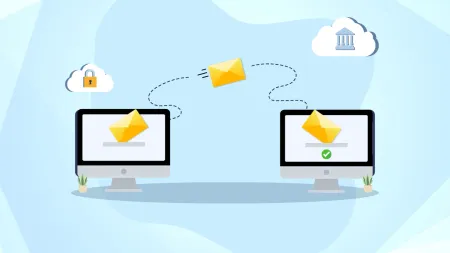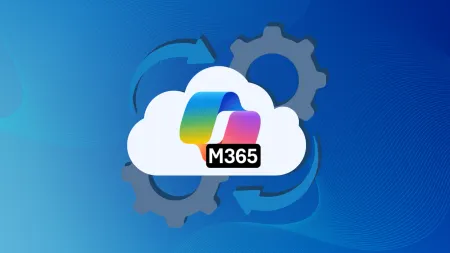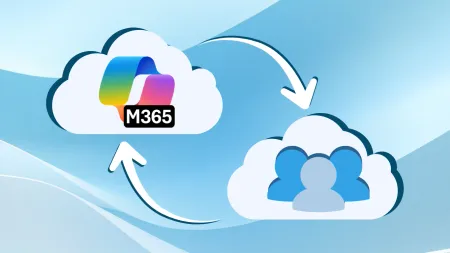Implementing Encryption for Azure Backup Data
Learn how to implement encryption in Azure Backup to protect your cloud data. Discover key methods, tools, and best practices to ensure data confidentiality and compliance.

This is Post #2 of our Microsoft 365 and Azure Backup Security Protection Series
Catch up on the first post and then finish the series:
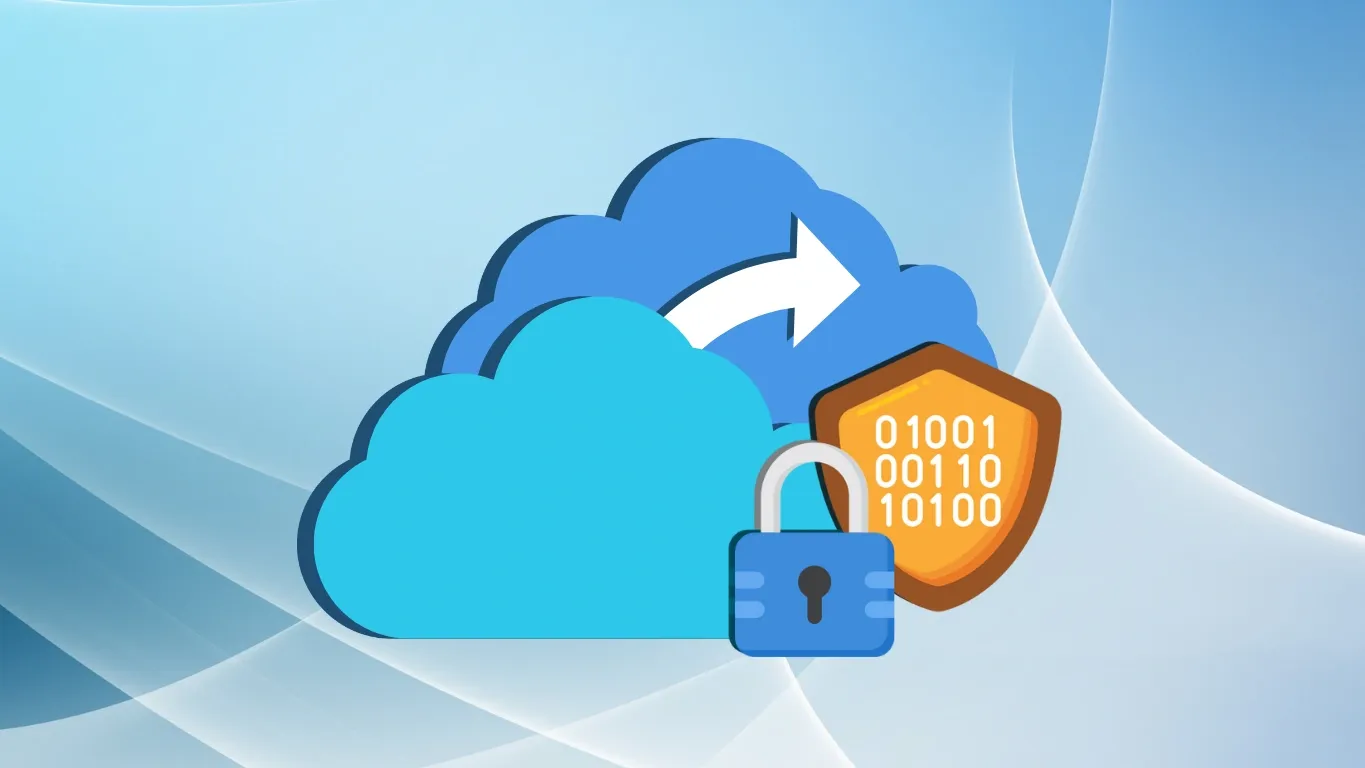
You are just about ready to close up shop for the night when you realize that your Azure backup data wasn’t stored properly. Oh geez! You know that this is going to backfire on you if you don’t clean it up ASAP!
You spot that it has been stored in plain text, and your heart skips a beat. You are concerned that this level of security is simply not enough, and you are absolutely correct. The tough reality is that encryption is necessary to feel truly safe keeping your data secure in this world. If that stressful feeling has been creeping up on you, then you need to know about how backup encryption can best serve you.
How Azure Backup Encryption Works
Azure Backup is an incredible resource that can help keep your data protected at every stage that it goes through. From keeping the data safe while it is secured on-site to protecting it in the cloud environment where so much of it is stored these days, Azure Backup can help you get the job done well the first time.
You will enjoy one of the strongest encryption algorithms ever created when you use the AES 256-bit encryption program that is built in directly to Azure Backup. This program works to encrypt data as it moves from platform to platform, but also while it is in a resting state within your databases. This means that no matter where your data happens to be at that moment, you will know that it is being protected under the blanket of security offered by Azure Backup.
Microsoft-Managed Keys vs. Customer-Managed Keys
Keep in mind that you will need to think about if you prefer to use the Azure Key Vault that is provided automatically as a part of the Azure Backup program, or if you want to use Customer Managed Keys that you own and manage for your own use. That decision should come down entirely to how comfortable you are managing your own data security.
To better understand which option is right for your needs, consider some of the pros and cons of each:
Microsoft-Managed Keys
Pros:
-
No Maintenance – You don’t have to fret about maintenance with these keys as they are the default product offered by Microsoft. You can simply use them exactly as they arrive to you within the Azure Backup system.
-
Ease-of-Use – It is quite obviously the case that Microsoft-Managed Keys are a lot easier to use than trying to create something completely on your own. As such, many also appreciate how simple of an option this is.
Cons:
- Limited Control – You will be limited in the amount of customization that you can do with Microsoft-Managed keys. They have their own default settings and standards that you must adhere to.
Customer-Managed Keys
Pros:
-
Full Control Over Your Data – Your data is entirely your own when you use a set of customer-managed keys. This can prove extremely helpful to you because you don’t have to give anything up while protecting your own data.
-
Compliance Standards are Met – Another thing that you can rest assured of is the fact that compliance standards will be met when you use a set of customer-managed keys. You can reach all of the audit requirements that you have.
Cons:
- Time Invested to Set Up and Maintain – You will have to confront the fact that you must sink resources into keeping your data backup protected, and this includes the time that it takes to set up and maintain the customer-managed keys that you use. It is a trade-off that many are willing to make if it means that they get to retain control over their data backup systems, but it is certainly worth weighing into your considerations.
Step-by-Step: Implementing Encryption in Azure Backup
There are certain steps that you must take when working on properly encrypting your Azure Backup system, and they include the following:
-
Understand Your Encryption Options - First and foremost, you need to understand the encryption options that are available to you. This means thinking about Microsoft-Managed keys or Customer-Managed keys. Get key factors like that down so that you can take the steps that you need to take to make encryption work for you.
-
Enable Encryption Into Your System Regardless of Which Options You Select - Don’t forget to enable encryption into your backup systems regardless of which option you ultimately select. You will need to ensure that these features are enabled so that you can actually see your data start to get encrypted properly.
-
Verify the Backup Encryption is Working - Test that your backup encryption systems are working and that everything you have put in place is moving the way that you want it to. If that is the case, then you are all set.
Compliance and Audit Implications
Encryption within your Azure Backup system is something that can help you avoid running amok with compliance or audit requirements that you might need to follow. This is particularly true for those who work as government contractors who have to meet the strict standards for cyber security. Those sets of standards go by names such as NIST 800-171, CMMC, and HIPAA. When you know that your data is being automatically encrypted during the backup process, then you can have a greater level of confidence that you are in keeping with the regulatory standards that you must meet.
Best Practices for Ongoing Data Protection
Keeping your data protected means that you should follow some best practices for keeping that data secure. Among the best practices that you need to think about doing are the following:
-
Schedule Quarterly Restore Tests - Testing the backup protections that you have put in place is a wise practice.You should try to schedule quarterly restore tests to ensure that you are keeping all of your data as protected as you possibly can.
-
Change Encryption Keys Regularly - Don’t forget to rotate the encryption keys that you use on a regular basis. You don’t want those keys to become too vulnerable to possible theft, and the best way to protect against that is to rotate their usage.
-
Keep Permissions Restricted - Also, make sure that only those who have a genuine need to access certain databases are able to tap into those databases. Keeping permissions restricted means that you don’t allow your data to be held in a vulnerable position.
Safeguard Your Data with Encrypted Backup Systems
Always make sure that your data is safe by focusing on encryption within the backup process. Test the encryption processes that you put in place regularly, and always make sure that you treat data security with the respect that it deserves. For more information on how to do exactly that, reach out and contact us today and let us show you how it can be done.
